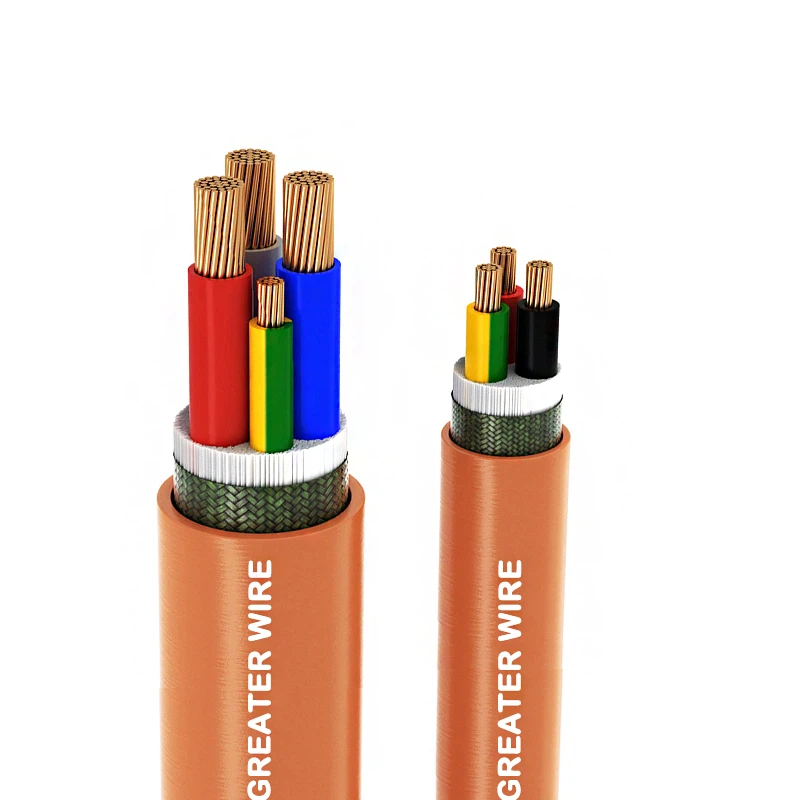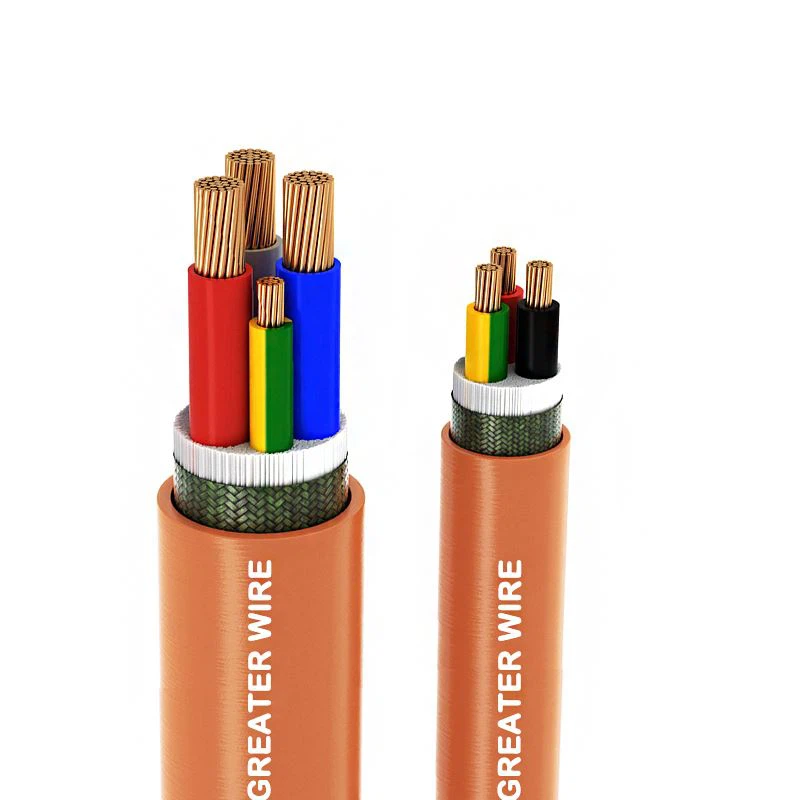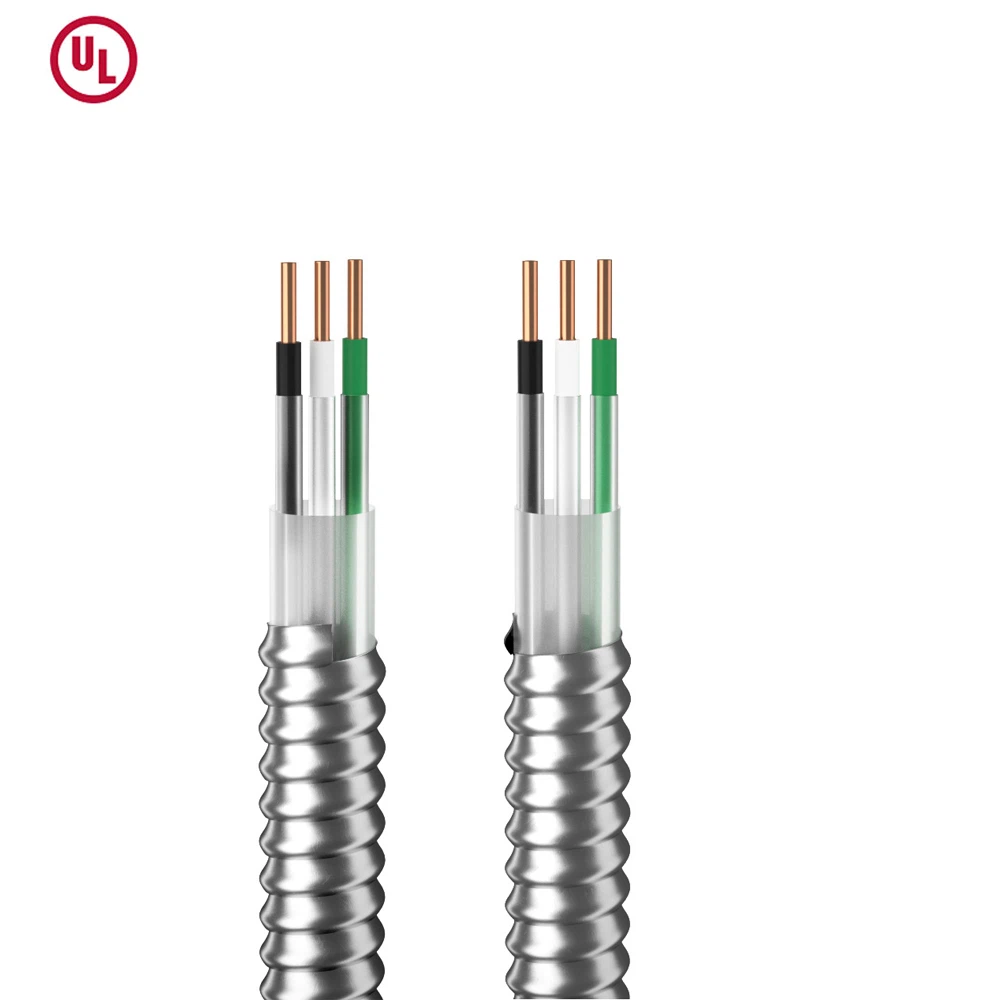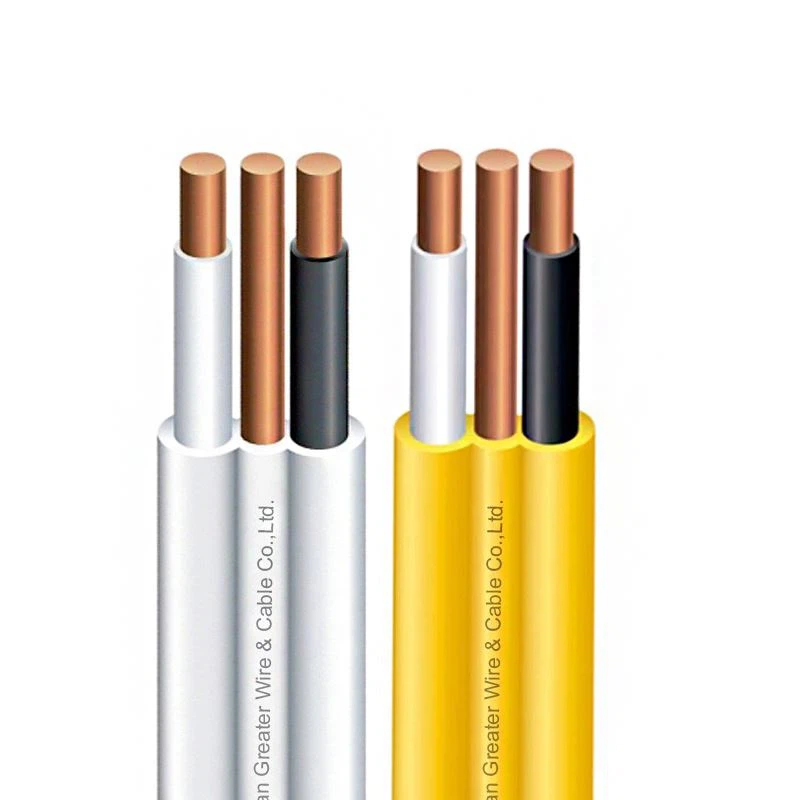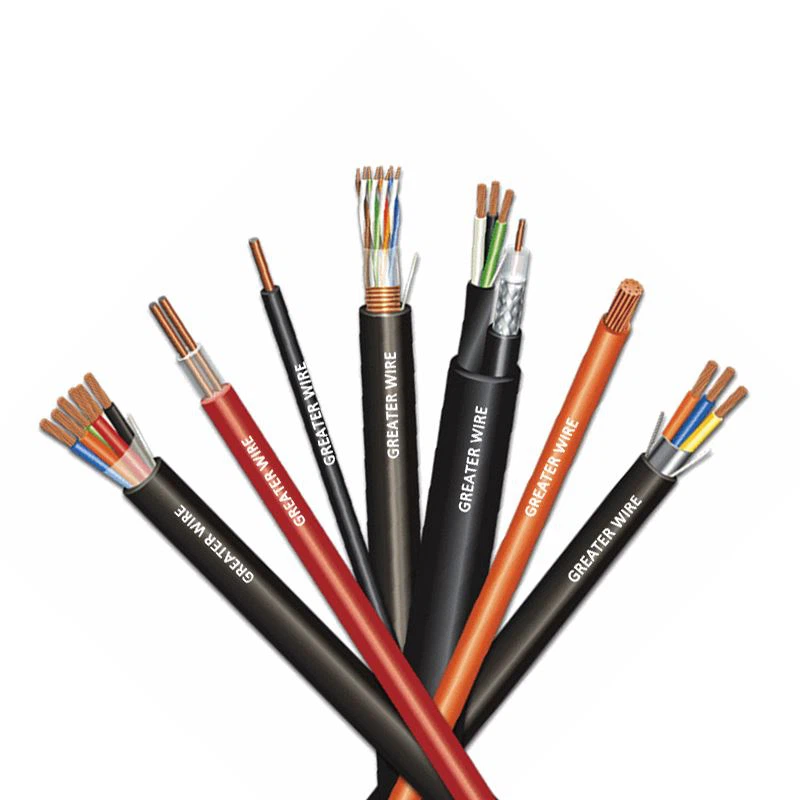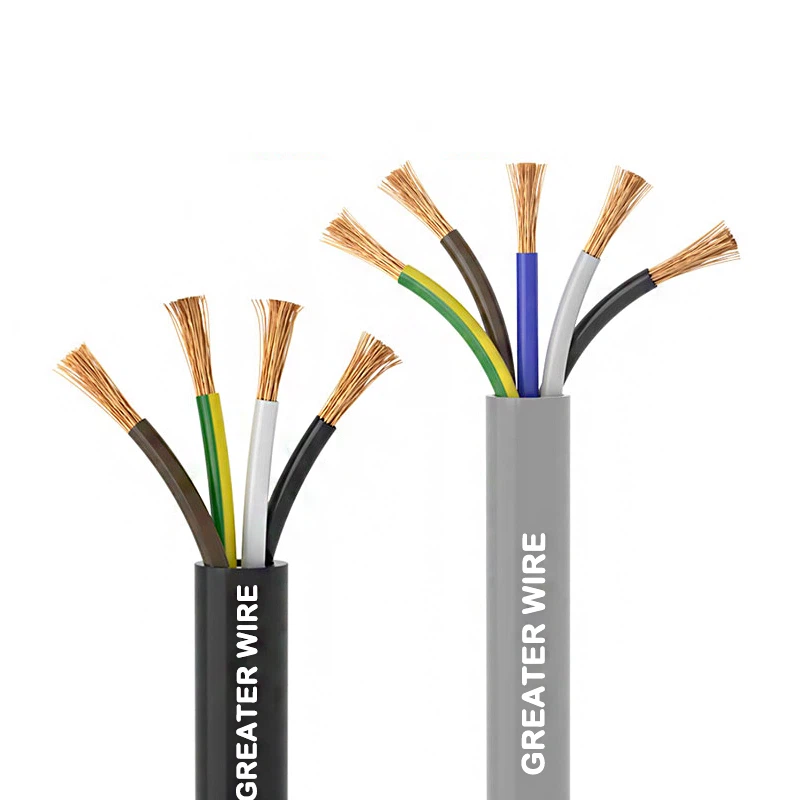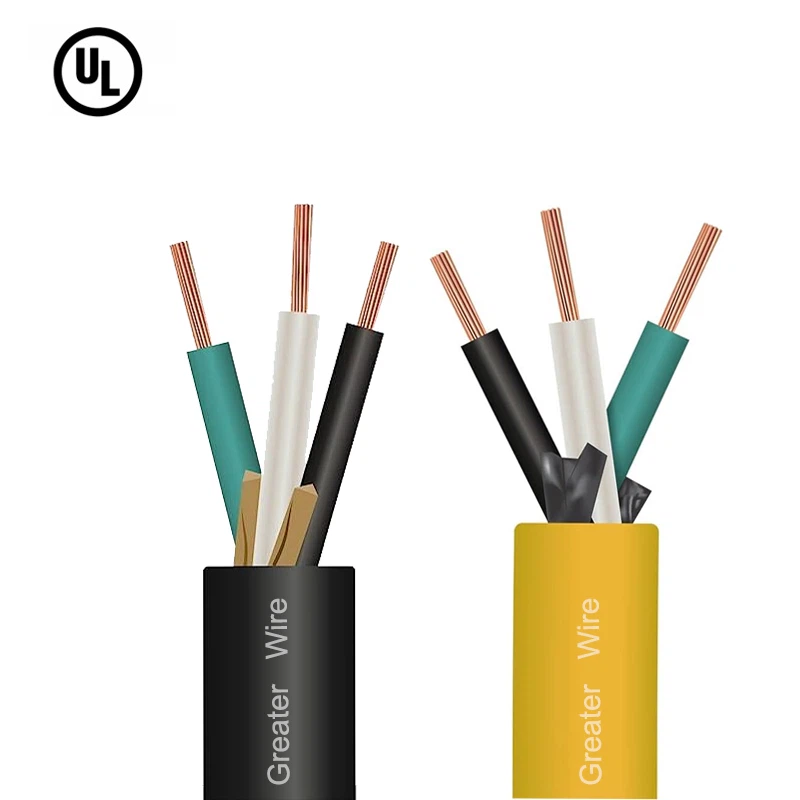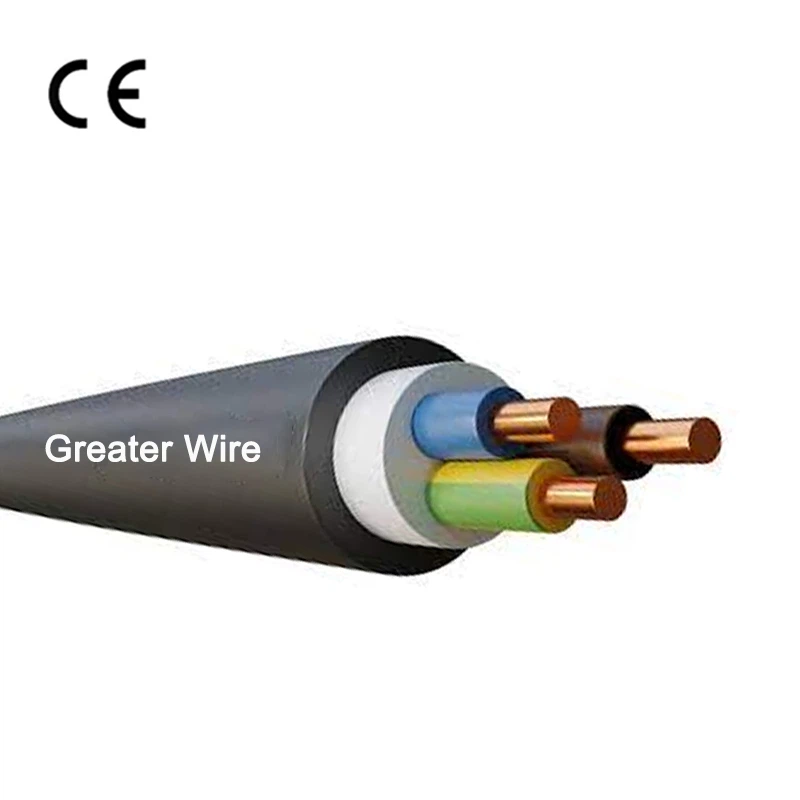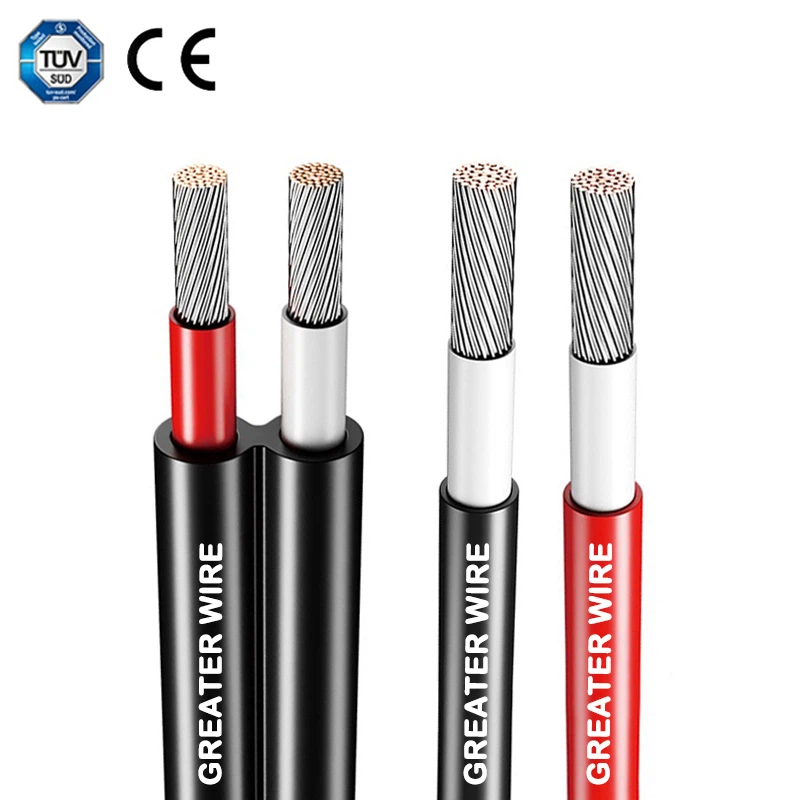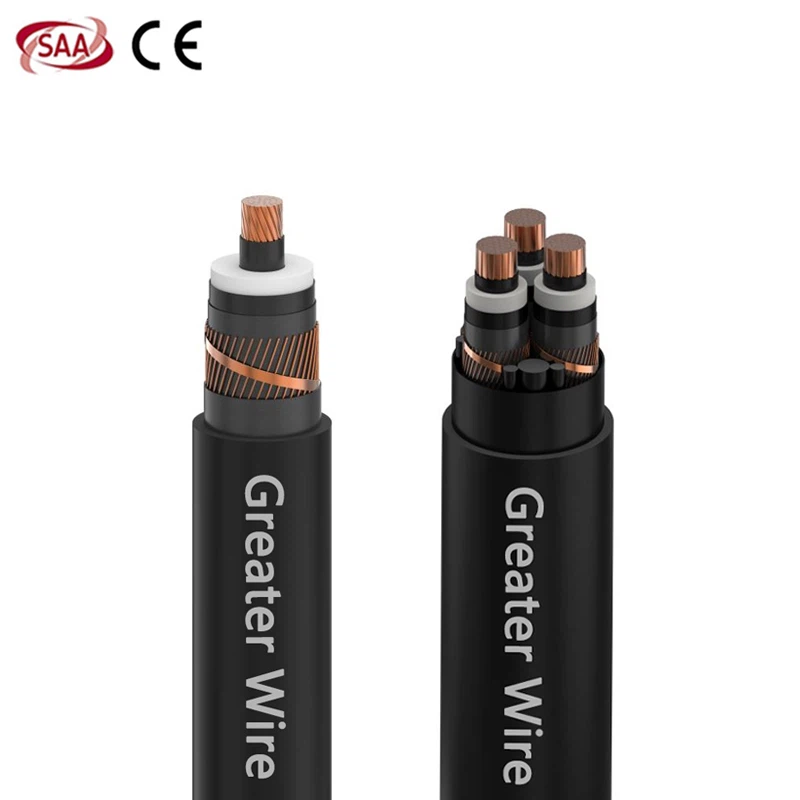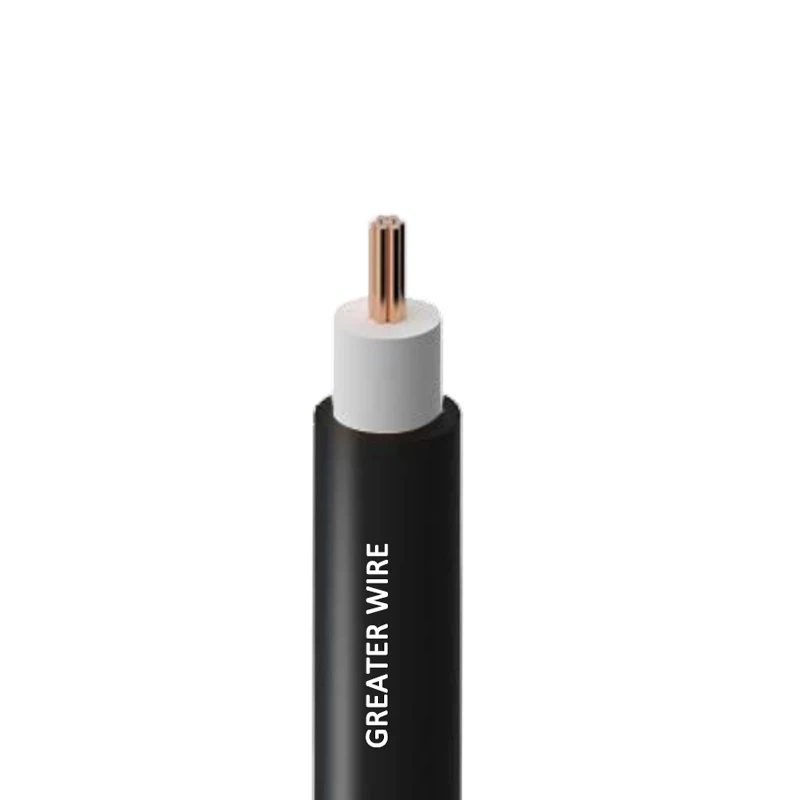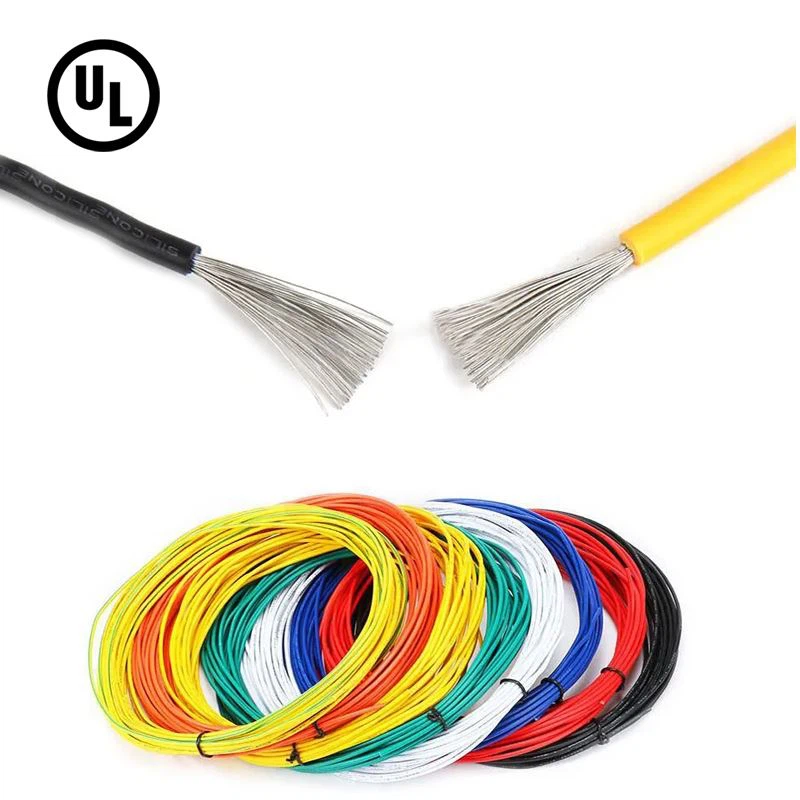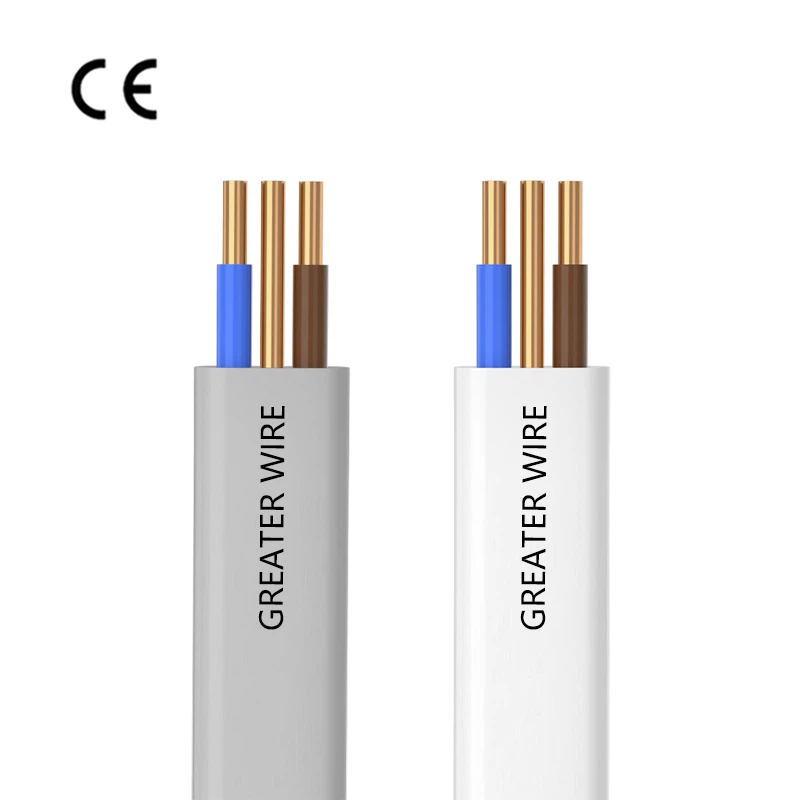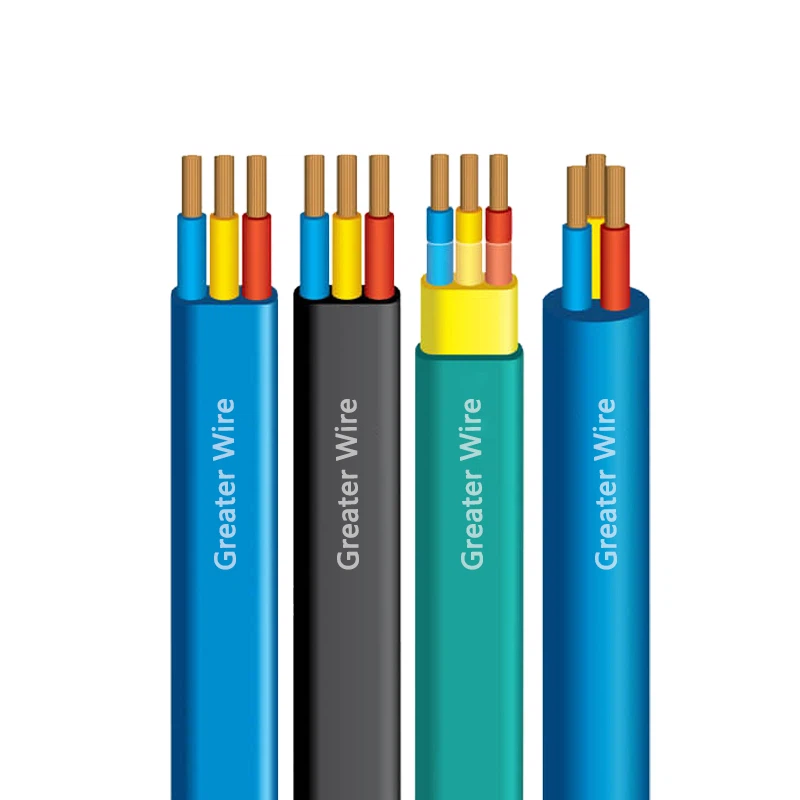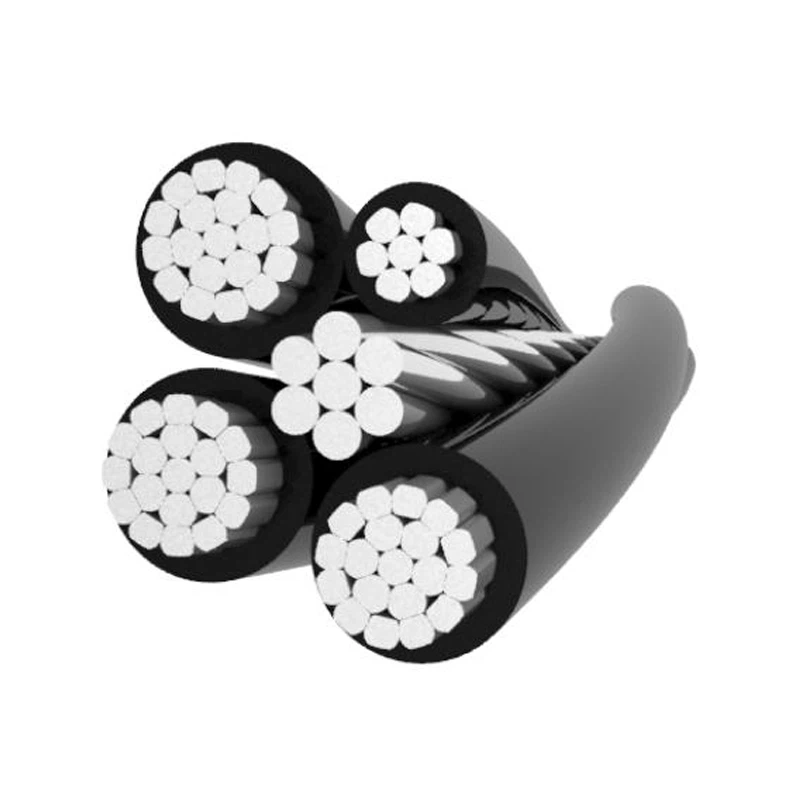Solar power is a fantastic, sustainable source of energy, especially for off-grid applications or small devices. Charging a 6V battery with a solar panel requires careful consideration of both the solar panel size and the solar cable that will be used to connect them. In this article, we will explore the key factors involved in selecting the right solar panel for a 6V battery, including the required size, power output, and the appropriate solar wire to ensure optimal performance.
Understanding Solar Power and Battery Charging
Before diving into the specifics of selecting a solar panel for a 6V battery, it's important to understand the basics of solar energy systems. A solar panel generates electricity by converting sunlight into direct current (DC) energy. The amount of power generated depends on several factors such as the panel's efficiency, the intensity of sunlight, and the size of the panel.
A 6V battery is a relatively small battery, commonly used in applications like garden lights, small solar-powered devices, or backup power systems. To properly charge a 6V battery, you will need a solar panel that can provide the right voltage and current. The key to selecting the right solar panel lies in understanding the power requirements of the battery, the solar panel's output, and the role of the solar cable in the system.
Calculating the Solar Panel Size for a 6V Battery
The size of the solar panel required to charge a 6V battery depends on several factors, including the battery's capacity, the charging time, the solar panel's efficiency, and the average amount of sunlight available.
1. Battery Capacity (Ah)
The first step in determining the correct solar panel size is knowing the capacity of your 6V battery, typically expressed in ampere-hours (Ah). For example, if you have a 6V battery with a capacity of 4Ah, the battery can store 24 watt-hours of energy (since 6V × 4Ah = 24Wh).
The capacity helps you estimate the amount of energy needed to charge the battery fully, and the solar panel size will need to meet or exceed that demand.
2. Solar Panel Power Output (W)
Next, determine the solar panel power output, usually measured in watts (W). The power output of a solar panel is typically indicated by the manufacturer and is the amount of energy the panel generates per hour under ideal sunlight conditions.
For example, a 6V solar panel might have an output of 5W, which means it can produce 5 watts of power per hour in full sunlight. To charge a 6V, 4Ah battery with a 24Wh capacity, a 5W solar panel would take approximately 5 hours of good sunlight to charge the battery (24Wh ÷ 5W = 4.8 hours).
3. Consider the Efficiency Losses
In real-world conditions, charging is not 100% efficient. There are losses due to factors like cable resistance, shading, and the efficiency of the charge controller. Typically, it's safe to assume an efficiency factor of 75-85% for most solar systems. To compensate for these losses, it's often recommended to increase the size of the solar panel by about 20-30%.
For example, to charge the 6V, 4Ah battery in a reasonable amount of time (5-6 hours), you might need a 6V solar panel rated for 6W or more, depending on the efficiency of the setup.
4. Sunlight Availability
The amount of sunlight available in your location also plays a significant role. Peak sunlight hours refer to the number of hours in a day when the solar panel receives direct, unobstructed sunlight. In many areas, this could range from 3 to 6 hours per day, depending on geographic location and season. To ensure sufficient charging, it is important to account for these varying conditions.
For example, if you live in a region with limited sunlight (3 hours per day), a 6W panel might take longer to charge the 6V battery compared to living in an area with more sunlight (6 hours per day).
Choosing the Right Solar Cable for Your System
Once you've determined the solar panel size, the next step is choosing the appropriate solar cable to connect your solar panel to the 6V battery. The solar cable carries the electricity generated by the solar panel to the battery, and it is important to choose the correct cable size to ensure efficient power transfer and avoid overheating.
1. Cable Size
The size of the solar cable you need depends on the current your solar panel will generate. Current is calculated by dividing the power of the panel (in watts) by the voltage (in volts). For a 6W panel at 6V, the current will be:
Current (A)=Power (W)/Voltage (V)=6W/6V=1A
In this case, the solar cable needs to be able to handle at least 1 amp of current. A 2.5mm² or 4mm² solar cable is commonly used for small solar systems, like the one described, as they can handle currents of up to 10A safely. The solar cable should also be rated for outdoor use and be resistant to UV, water, and temperature fluctuations.
2. Voltage Rating
Ensure that the voltage rating of the solar cable matches or exceeds the voltage of your system. For a 6V system, solar cables are typically rated for 600V or 1000V, which is more than sufficient for your application. The voltage rating of the solar wire ensures that the insulation will hold up under the electrical conditions of the system.
3. Cable Length
The length of the solar cable affects both the voltage drop and the overall efficiency of the system. The longer the cable, the greater the voltage drop. To minimize energy loss, use the shortest cable length possible or use larger gauge cables (e.g., 4mm² instead of 2.5mm²) for longer runs.
For short distances (less than 10 meters), 2.5mm² cables are usually sufficient for a 6V battery system. For longer distances or higher currents, 4mm² or 6mm² cables may be necessary.

